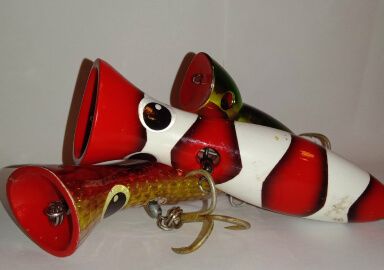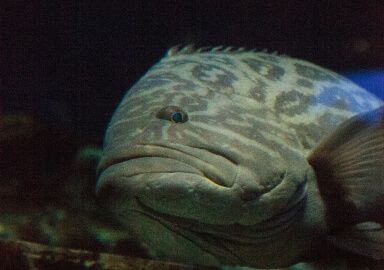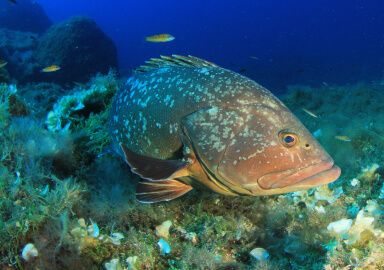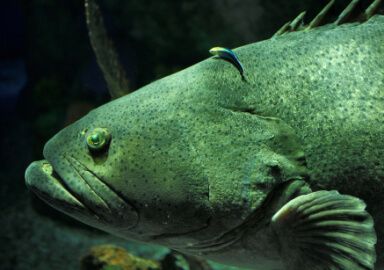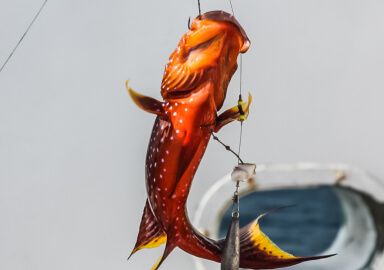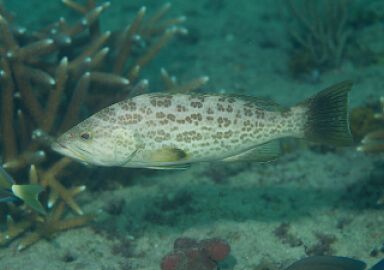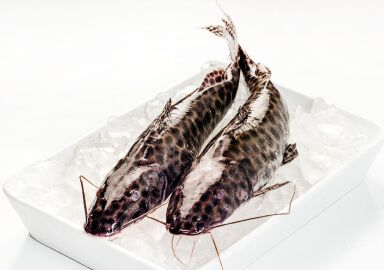Coral Trout
Unrelated to salmon, but lovely to behold and fun to catch: coral trout are a medium-sized predator common around reefs and atolls of the Pacific Ocean.
View 14 listings
14
listings
–
price starting from
4
countries
–
to the nearest trip
Where and When?
Coral trout are found in the western Pacific Ocean, from Japan and Australia to Fiji and the Solomon Islands, as well as throughout the Indian Ocean up to and including the Red Sea. They are usually found around structure and favour reefs, especially coral reefs. Their depth range is given as 3-100 m. (9.8-328 ft.) but they can move up and down the water column and be at any depth although they spend most time close to the reef or bottom.
Coral trout are generally a fish of coastal waters but commonly inhabit most island groups and even sea hummocks. They are found along much of the Australian coast, including the Great Barrier Reef (GBR), where they are a favoured target for sport anglers. Coral trout are daylight feeders but are most active in early mornings and evenings. As adults they eat fairly large prey items and may only feed once every couple of days. They can be caught throughout the year but, in places like the GBR, they may be active all year in the warmer north but less active in winter in the south.
About Coral Trout
Coral trout (Plectropomus leopardus), also called leopard coral groupers, are a member of the Serranidae family that includes the sea basses. They have a typical robust seabass shape with smallish eyes and a large mouth below the front of the head. The teeth are smallish but strong enough to hold prey in the mouth. The colour is variable but adults are usually olive-green to reddish or brown and orange in the background and all have evenly spaced bright blue spots on the body, including a ring around the eyes. They can change colour rapidly, especially when hunting or after being landed.
The maximum size recorded for coral trout is 120 cm. (47 in.) and 23.6 kg. (52 lbs.) but they are much more common around 35 cm. (14 in.). They are protogynous hermaphrodites and change sex from female to male as they grow to about the length of 42 cm. (17 in.). Coral trout are ambush or prowling predators and feed on prawns and fish as juveniles and mostly on fish as adults. They hunt individually or in small groups and, although they do not undergo large-scale migrations, they aggregate annually around reefs to spawn.
How to Catch?
A boat of some kind is almost essential to successfully target coral trout. In some areas a kayak is ideal, but many good spots are well offshore and a charter boat is more appropriate, comfortable and safe. Using local operators and guides will save much time and many mistakes and usually get you to the best spots where they can suggest the most successful methods. One important tip is to use a strong line, probably at least 50 lb braid, as you do not want to lose a very large coral trout should you be lucky to hook one.
If there are coral trout near the surface, then spinning using “poppers” or surface lures can work well. Live bait, using whatever you can find in the local area, is always a good option and can entice fish from anywhere in the water column. Bottom fishing using natural bait, a fish fillet or dead fish, can also work well. Jigging, using soft plastics on strong hooks is, however, favoured and successful in many areas. Coral trout are both ambush and active predators and so drifting a bait along a reef can work for the former while spinning, jigging or live baiting from an unanchored boat can find the latter. This beautiful fish usually give a strong and memorable fight and are a worthy and impressive opponent.





